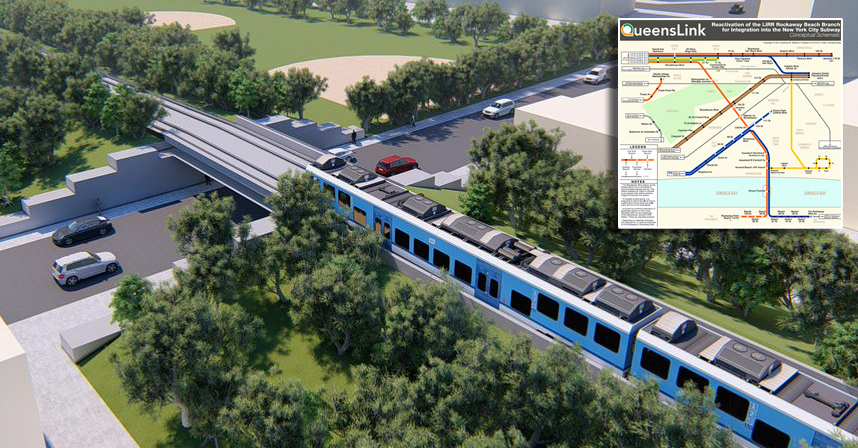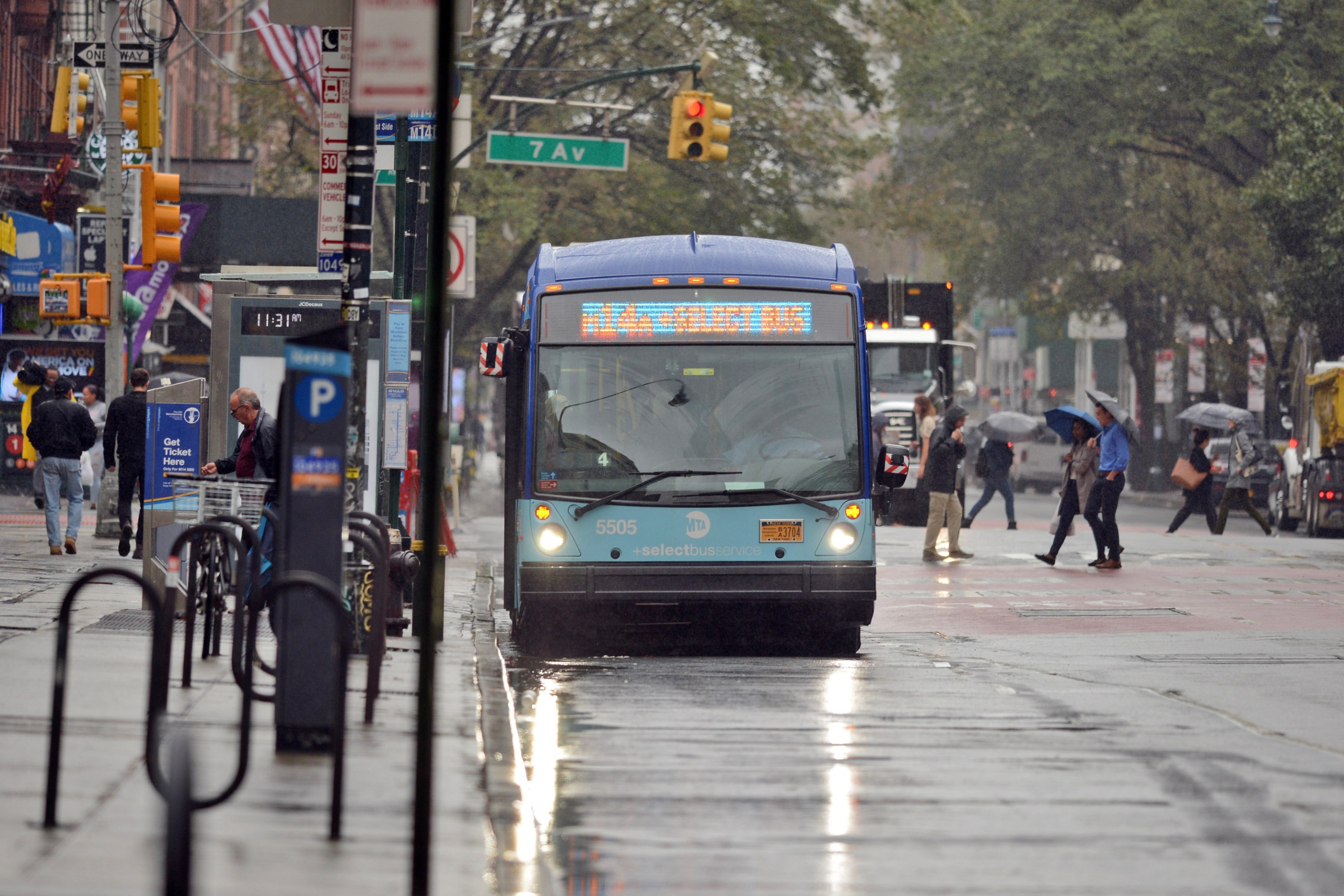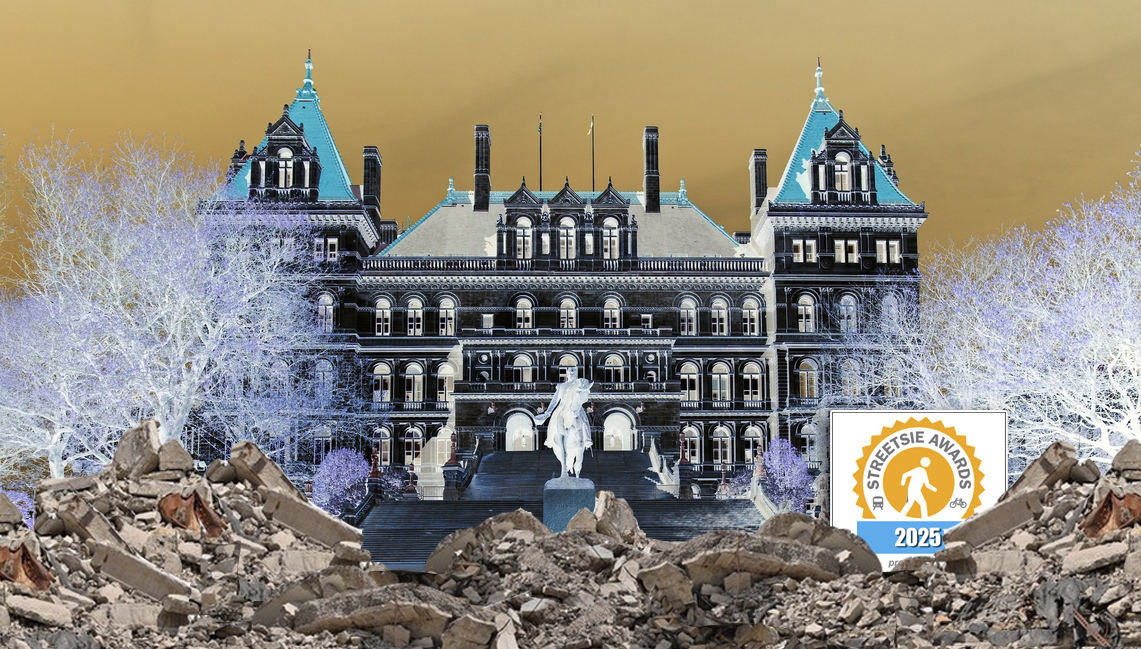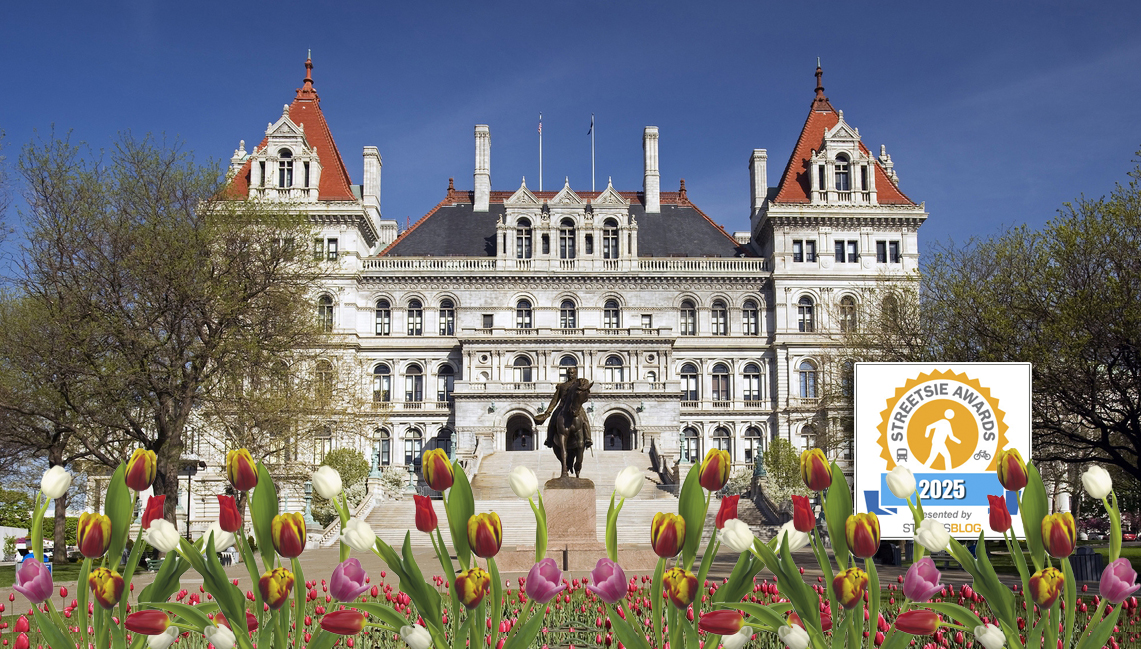
Last week, Amtrak announced that because of damage suffered during Hurricane Sandy, its infrastructure connecting New Jersey and New York City below the Hudson River will have to be repaired. Each of its two tubes will have to be closed, in turn, for a year or more, which would reduce capacity by around 75 percent on a rail link that carries some 400,000 passengers a day.
Yonah Freemark at The Transport Politic writes that the situation wouldn't be as dire if New Jersey Governor Chris Christie had not killed the Access to the Region's Core project, which would have provided additional rail capacity under the Hudson.
Amtrak's Gateway project could be the solution -- one without some of the shortcomings of ARC, which would have dead-ended deep underground -- but it's still the type of infrastructure that America's political system rarely musters the will to build, writes Freemark:
From several of these perspectives, the Gateway Program, which Amtrak revealed just months after ARC’s cancellation, would be more effective [than ARC]. The project would connect to existing tracks, allowing all operators to use the tunnel. And it would bring customers to a station far closer to the surface than ARC would have allowed. Gateway also integrates several positive investments that were elements of ARC, including the replacement of the Portal Bridge east of Newark, which is more than 100 years old and a significant cause of delays, and the construction of two new parallel tracks that will allow faster trains.
These improvements won’t come on the cheap; Amtrak estimates that Gateway will cost $13.5 billion, certainly no chump change. Amtrak has already attracted some funds for the project, including $185 million of Sandy-related federal relief money, to construct a “box” saving space for the future tunnel in the Hudson Yards redevelopment project in New York City (illustrated at the top of this article).
Yet there are reasons to believe that it will not be easy for Amtrak to find the rest of the funding to pay for its Gateway project. The State of New Jersey has invested much of the money it planned to spend on ARC on roads and bridges. The Port Authority, having given up on ARC, is directing $1.5 billion to the extension of the PATH rapid transit line from downtown Newark to Newark Airport, a project that would run just one mile and attract a few more than 6,000 riders daily. That would do nothing to improve the link under the river, and it constitutes a political choice to spend billions on a capital expansion rather than investing in improved operations on the New Jersey Transit commuter rail lines, which already run between downtown Newark and its airport on the exact same alignment.
Meanwhile, certain powerful interests in New York City are arguing for the extension of the 7 Subway line under the Hudson to Secaucus, an idea that was initially raised by New York Mayor Michael Bloomberg in 2010, right after ARC was canned. That project could relieve some of the pressure on the North River tunnels, but it would require a huge percentage of New Jersey Transit riders to transfer, likely reducing ridership.
No matter what other ideas may be raised, Amtrak’s gambit is designed to force politicians at the local, state, and national levels to recognize that, in order for New York City and its region to continue to serve as the country’s economic center, investments must be made in its mainline rail infrastructure connecting it to New Jersey. It argues that the country must, then, find the resources to spend at least $13.5 billion on a new tunnel program.
Elsewhere on the Network today: Real Hartford shows off the city's brand new green bike lanes. Forward Lookout points out that Wisconsinites' transportation priorities are literally the reverse of the state DOT's. And Strong Towns says America's infrastructure problem isn't that the lack of money, but broken spending.





